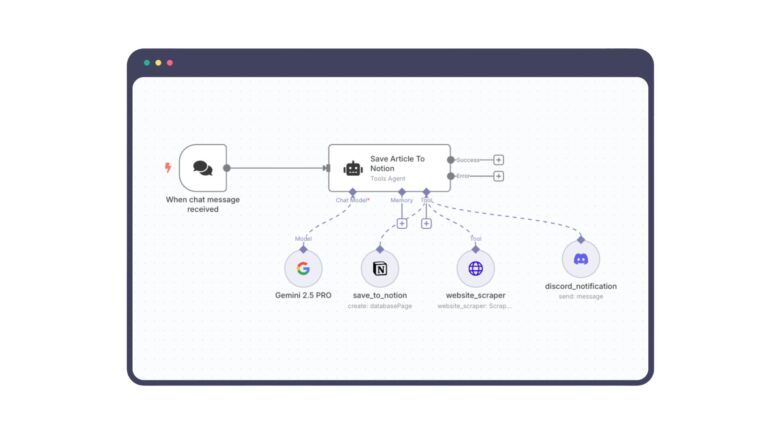In the modern IT landscape, IT Asset Management (ITAM) is not just an operational necessity—it’s a security imperative. Organizations that lack proper ITAM risk compliance failures, security breaches, and financial losses. But asset management isn’t as simple as keeping an inventory; challenges like shadow IT, outdated assets, and compliance risks make it a continuous battle.
So, how do you stay ahead? Let’s explore ITAM best practices, security risks, and how frameworks like the SANS Top 20 Controls help mitigate threats.
Why IT Asset Management Matters
Think about this—how many laptops, servers, cloud instances, and applications does your company have? More importantly, how many are unmonitored, unpatched, or improperly decommissioned?
Without ITAM, organizations face:
🚨 Security Risks – Untracked assets become entry points for attackers (especially if they’re unpatched or have weak configurations).
🚨 Compliance Nightmares – Licensing mismanagement can result in audits, fines, and legal consequences.
🚨 Shadow IT Exposure – Employees using unauthorized software and services (SaaS, cloud storage, etc.) increase attack surfaces.
🚨 Wasted Resources – Over-provisioning software and cloud services drain budgets unnecessarily.
Effective ITAM provides visibility, control, and security governance—aligning with compliance frameworks and reducing risk exposure.
IT Asset Management & SANS Top 20 Critical Security Controls
The SANS Top 20 Critical Security Controls (CIS Controls) provide a roadmap for securing IT environments. The first two controls are directly related to ITAM:
🔹 CIS Control 1: Inventory and Control of Enterprise Assets
👉 Maintain an up-to-date inventory of all hardware devices connected to the network.
👉 Automate asset discovery and classification (cloud, endpoints, servers, IoT).
👉 Assign ownership to all assets to ensure accountability.
🔹 CIS Control 2: Inventory and Control of Software Assets
👉 Maintain a comprehensive software inventory to track licenses and detect unauthorized applications.
👉 Implement allowlisting to prevent unapproved software from running.
👉 Regularly audit and remove shadow IT applications.
🚀 Why It Matters:
These two controls alone reduce risk exposure significantly by ensuring only authorized and properly managed assets exist in an organization’s environment.
Challenges in IT Asset Management
Even with a robust ITAM strategy, several challenges complicate the process:
1. Shadow IT & Unauthorized Assets
Employees often use unapproved cloud services (Dropbox, Google Drive) or personal devices (BYOD) to access company data. These untracked assets increase security risks.
✅ Solution:
✔ Implement cloud access security brokers (CASBs) to monitor and control shadow IT.
✔ Educate employees on IT security policies and enforce strong access controls.
2. Asset Lifecycle Management Gaps
Many organizations lack proper tracking for device retirements and software decommissioning. Forgotten, unpatched systems (end-of-life Windows servers, unpatched legacy software) create security vulnerabilities.
✅ Solution:
✔ Implement an automated ITAM tool that tracks assets from acquisition to decommissioning.
✔ Regularly update and patch all hardware and software.
3. Software Licensing & Compliance Issues
Improper software management leads to license overuse (costly audits) or underuse (wasted spending). Non-compliance with GDPR, HIPAA, or PCI-DSS due to unauthorized software can result in hefty fines.
✅ Solution:
✔ Use Software Asset Management (SAM) tools to track licenses and avoid audit risks.
✔ Establish policies to restrict unauthorized software installations.
4. Cloud & Virtual Asset Sprawl
Cloud-based workloads, virtual machines, and microservices constantly scale up and down, making asset tracking difficult. Organizations often overprovision and forget about unused cloud instances.
✅ Solution:
✔ Implement cloud cost optimization tools to track and decommission unused assets.
✔ Enforce cloud governance policies to prevent asset sprawl.
5. ITAM’s Role in Enterprise Patch Cycles
One of the biggest security challenges organizations face is patching vulnerabilities before attackers exploit them. Without proper ITAM, organizations struggle to identify which assets need urgent updates, leading to security gaps.
✅ Solution:
✔ Integrate ITAM with vulnerability management tools to track assets needing updates.
✔ Prioritize patching based on asset criticality—high-value assets and exposed endpoints should be patched first.
✔ Automate patch deployment using ITSM tools to ensure consistency.
🔍 Fact: Over 60% of breaches involve unpatched vulnerabilities that IT teams failed to address in time. ITAM ensures patch cycles are aligned with security needs, reducing the risk of cyberattacks.
Key Takeaways for IT Leaders, CIOs, and CISOs
✅ Make ITAM a Security Priority – Align ITAM strategies with security frameworks like SANS CIS Controls and NIST CSF to mitigate risks.
✅ Automate & Integrate – Implement ITAM tools that integrate with security, compliance, and ITSM systems for real-time visibility and action.
✅ Govern Shadow IT – Enforce policies and deploy monitoring solutions to track unauthorized assets.
✅ Prioritize Critical Assets for Patching – Ensure ITAM data informs the enterprise patch management strategy, focusing on high-risk systems first.
✅ Regular IT Audits – Conduct scheduled asset audits to identify obsolete or non-compliant software and hardware.
✅ Cost Optimization – Use ITAM insights to right-size software licenses, cloud usage, and hardware procurement, cutting wasteful spending.
✅ Foster a Security Culture – Educate teams on ITAM policies and the risks associated with unmanaged assets.
Final Thoughts
IT Asset Management is not just an inventory exercise—it’s a security-critical process. Without proper asset tracking, organizations face increased cyber threats, compliance violations, and wasted resources. By aligning ITAM with SANS Critical Security Controls, automating asset discovery, and addressing shadow IT, businesses can reduce risk and maximize efficiency.
Is your ITAM strategy aligned with security best practices? If not, it’s time to rethink your approach.








